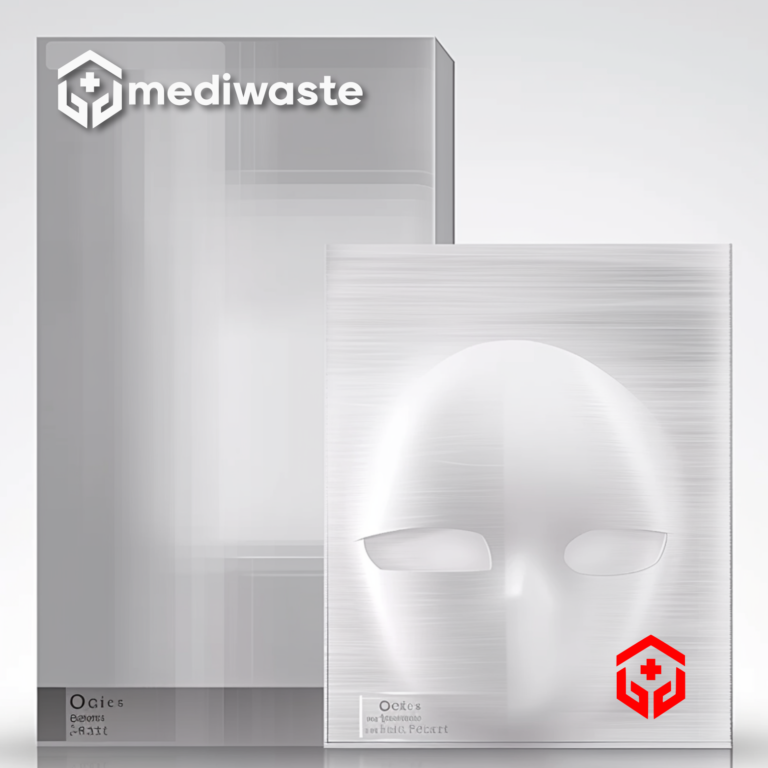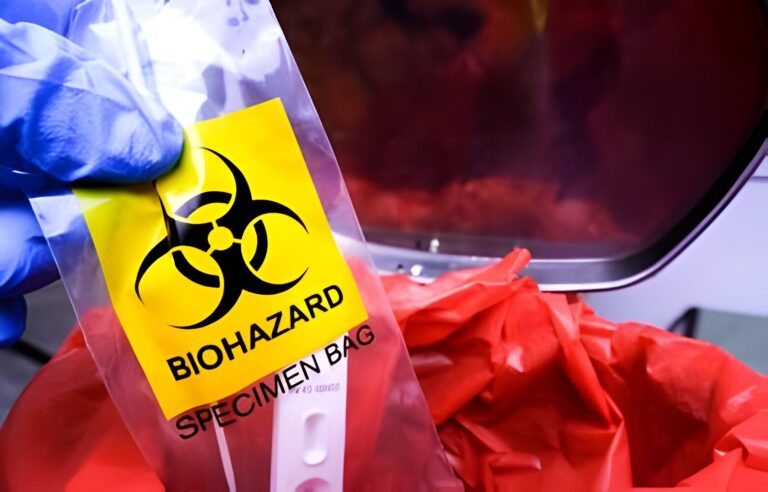How to Conduct a Medical Waste Audit: Step-by-Step Guide
Conducting a medical waste audit is crucial for healthcare facilities to ensure proper waste management, regulatory compliance, and environmental responsibility. This step-by-step guide will help you perform a comprehensive medical waste audit effectively.

Step 1: Preparation
Before beginning the audit:
- Form an audit team including representatives from various departments
- Review current waste management policies and procedures
- Gather necessary equipment (e.g., weighing scales, personal protective equipment)
- Determine the audit scope and duration
MediWaste can provide expert guidance on audit preparation, ensuring you have all the necessary resources and knowledge.
Step 2: Waste Stream Identification
Identify all waste streams in your facility:
- General waste
- Infectious waste
- Sharps
- Pharmaceutical waste
- Chemical waste
- Radioactive waste
Step 3: Data Collection
Collect data on each waste stream:
- Weigh and record the amount of waste generated
- Note the composition of each waste stream
- Document current disposal methods
- Observe staff practices in waste handling and segregation
MediWaste offers advanced tracking systems to assist in accurate data collection during audits.
Step 4: Waste Segregation Analysis
Assess the effectiveness of current waste segregation practices:
- Check if waste is correctly sorted into appropriate containers
- Identify instances of cross-contamination
- Evaluate staff knowledge and adherence to segregation protocols
Step 5: Compliance Check
Verify compliance with relevant regulations:
- Review documentation (e.g., manifests, training records)
- Assess storage areas for proper labeling and security
- Check if disposal methods meet regulatory requirements
MediWaste stays up-to-date with the latest regulations and can provide valuable insights during this step.
Step 6: Cost Analysis
Analyze the financial aspects of waste management:
- Calculate costs associated with each waste stream
- Identify potential areas for cost reduction
- Consider the economic impact of current disposal methods
Step 7: Staff Interviews
Conduct interviews with staff members:
- Assess their understanding of waste management procedures
- Gather insights on challenges they face in waste handling
- Collect suggestions for improvement
Step 8: Data Analysis
Analyze the collected data:
- Identify trends in waste generation
- Pinpoint areas of non-compliance or inefficiency
- Compare results with industry benchmarks
MediWaste can assist in data analysis, providing context and comparisons with industry standards.
Step 9: Report Generation
Compile a comprehensive audit report including:
- Executive summary
- Detailed findings
- Compliance status
- Areas for improvement
- Recommendations for action
Step 10: Action Plan Development
Based on the audit findings, develop an action plan:
- Set specific, measurable goals for improvement
- Assign responsibilities for implementing changes
- Establish timelines for completion
Step 11: Implementation and Follow-up
Put the action plan into effect:
- Implement recommended changes
- Provide additional staff training if needed
- Schedule follow-up audits to monitor progress
MediWaste offers ongoing support and consultation to help implement and maintain improvements identified during the audit. Conducting a thorough medical waste audit is essential for optimizing waste management practices in healthcare facilities. By following this step-by-step guide and partnering with experienced waste management providers like MediWaste, healthcare facilities can ensure compliance, reduce costs, and minimize their environmental impact.
MediWaste‘s comprehensive waste management solutions can help streamline the audit process and provide expert guidance on implementing improvements. Our team of specialists can assist at every stage, from preparation to follow-up, ensuring your facility achieves and maintains best practices in medical waste management.







